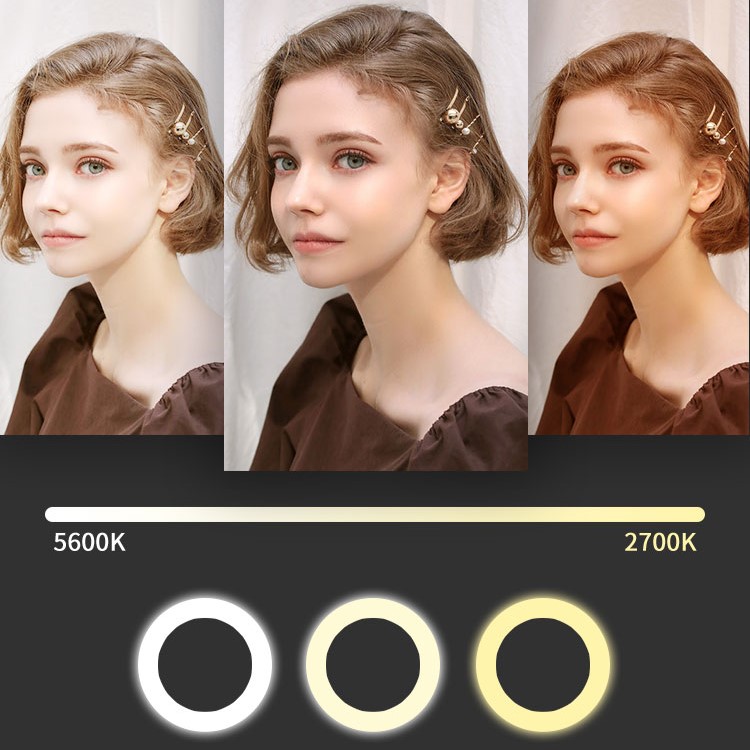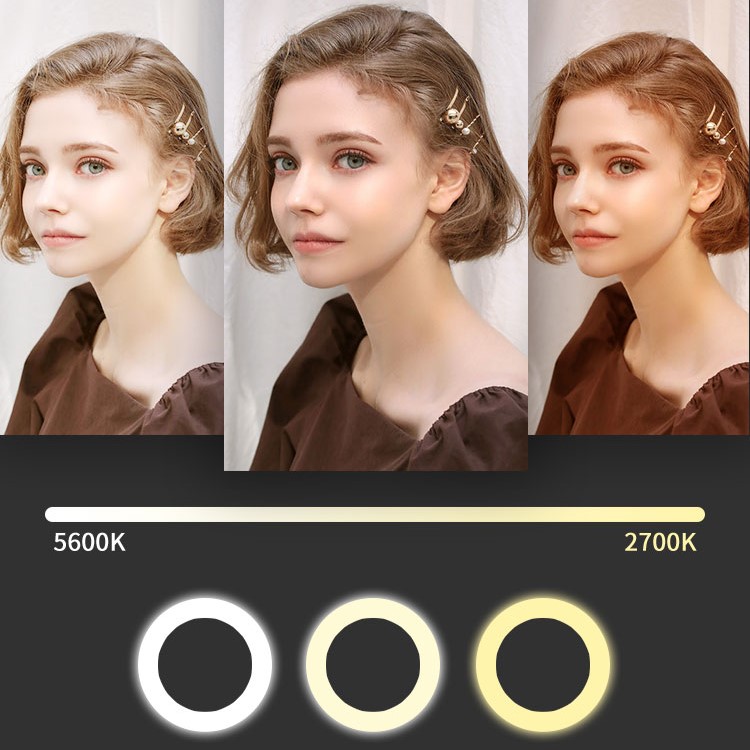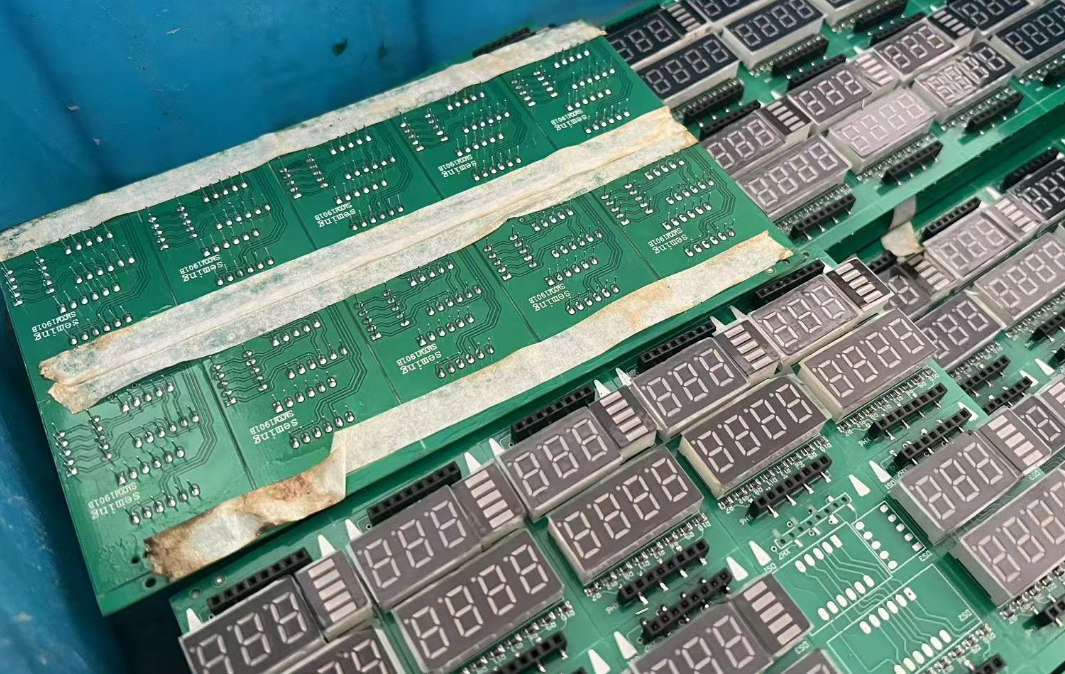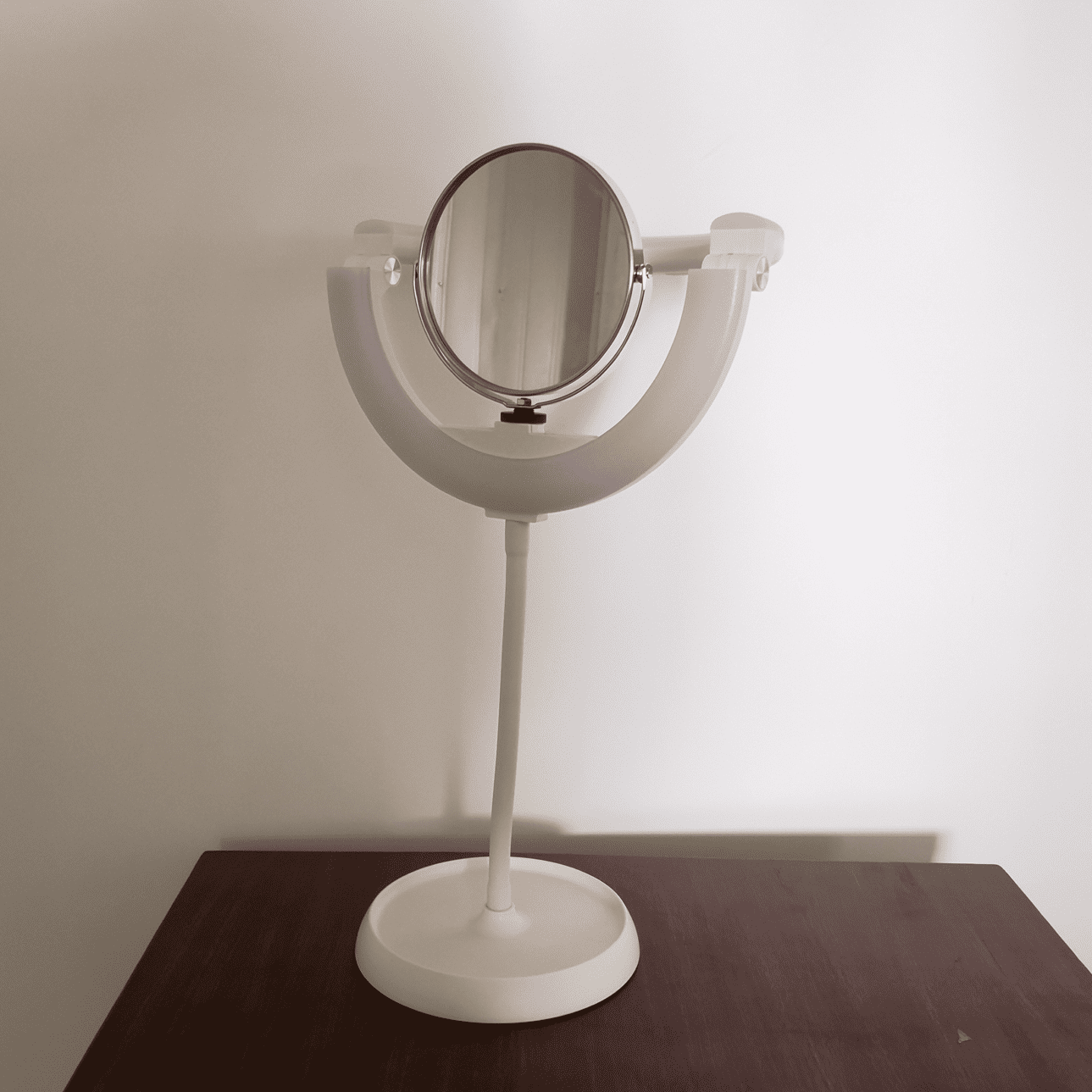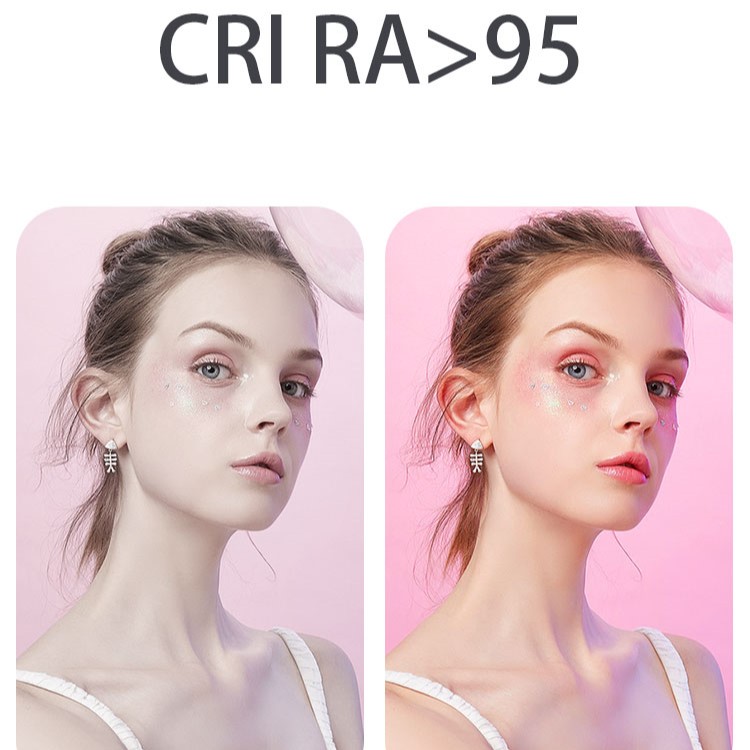Before choosing LED grow lights,you should know
What You Should Know About Watts
It is important to note that the Watts that are listed on your LED grow light might not be exactly what you are expecting. Even though there might be one watt measurement listed on the LED grow light, you need to know the amount of watts that the LED grow light will actually use inside of your operation.
For example, if you have a 1000 watt grow light unit according to the manufacturer, that is the maximum possible amount of power that it will be capable of using. If you do push that amount of power to the LED grow light, you will likely cause heat problems and actually shorten the life of the LED grow lights. With that being said, the same 1000 watt grow light could be marketed as anywhere from 300 watts to 1000 watts.
Look at the actual power consumption, rather than the rating that the manufacturer gives you.
What You Should Know About Light Wavelengths
The LED grow lights that you use inside of your grow will have to feed your plants the light that they need. You see, in the natural world they would be receiving sunlight that features light from the entire range of light wavelengths. This ranges from Ultraviolet light that humans can’t see, to infrared, which is also invisible to humans. In between, there is violet, blue, green, yellow, orange, and red. Depending on the kind of growing and the cycle you are in, different portions of the spectrum will be important to you.
The type of cycle that your plants are currently in will determine what kind of LED grow light you use and how many hours a day they are turned on. It is important to understand these if you are going to have the best chances of success.
In a natural outdoor grow, plants will receive a great deal of light at the beginning of the growing season. As the months carry on, entering the fall, the days grow shorter, with longer periods of darkness. When growing your plants indoors it is necessary to recreate this artificially.
The Bud Stage is more temperamental. Spending too much time in this stage will result in poor flowering, making it a more “hands on” time for the grow.
It is important to note that the Watts that are listed on your LED grow light might not be exactly what you are expecting. Even though there might be one watt measurement listed on the LED grow light, you need to know the amount of watts that the LED grow light will actually use inside of your operation.
For example, if you have a 1000 watt grow light unit according to the manufacturer, that is the maximum possible amount of power that it will be capable of using. If you do push that amount of power to the LED grow light, you will likely cause heat problems and actually shorten the life of the LED grow lights. With that being said, the same 1000 watt grow light could be marketed as anywhere from 300 watts to 1000 watts.
Look at the actual power consumption, rather than the rating that the manufacturer gives you.
What You Should Know About Light Wavelengths
The LED grow lights that you use inside of your grow will have to feed your plants the light that they need. You see, in the natural world they would be receiving sunlight that features light from the entire range of light wavelengths. This ranges from Ultraviolet light that humans can’t see, to infrared, which is also invisible to humans. In between, there is violet, blue, green, yellow, orange, and red. Depending on the kind of growing and the cycle you are in, different portions of the spectrum will be important to you.
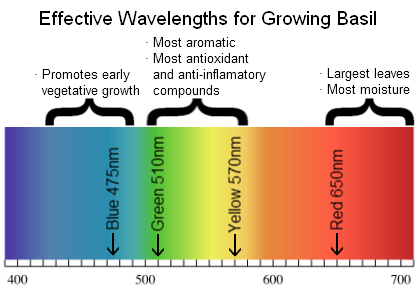
The type of cycle that your plants are currently in will determine what kind of LED grow light you use and how many hours a day they are turned on. It is important to understand these if you are going to have the best chances of success.
In a natural outdoor grow, plants will receive a great deal of light at the beginning of the growing season. As the months carry on, entering the fall, the days grow shorter, with longer periods of darkness. When growing your plants indoors it is necessary to recreate this artificially.
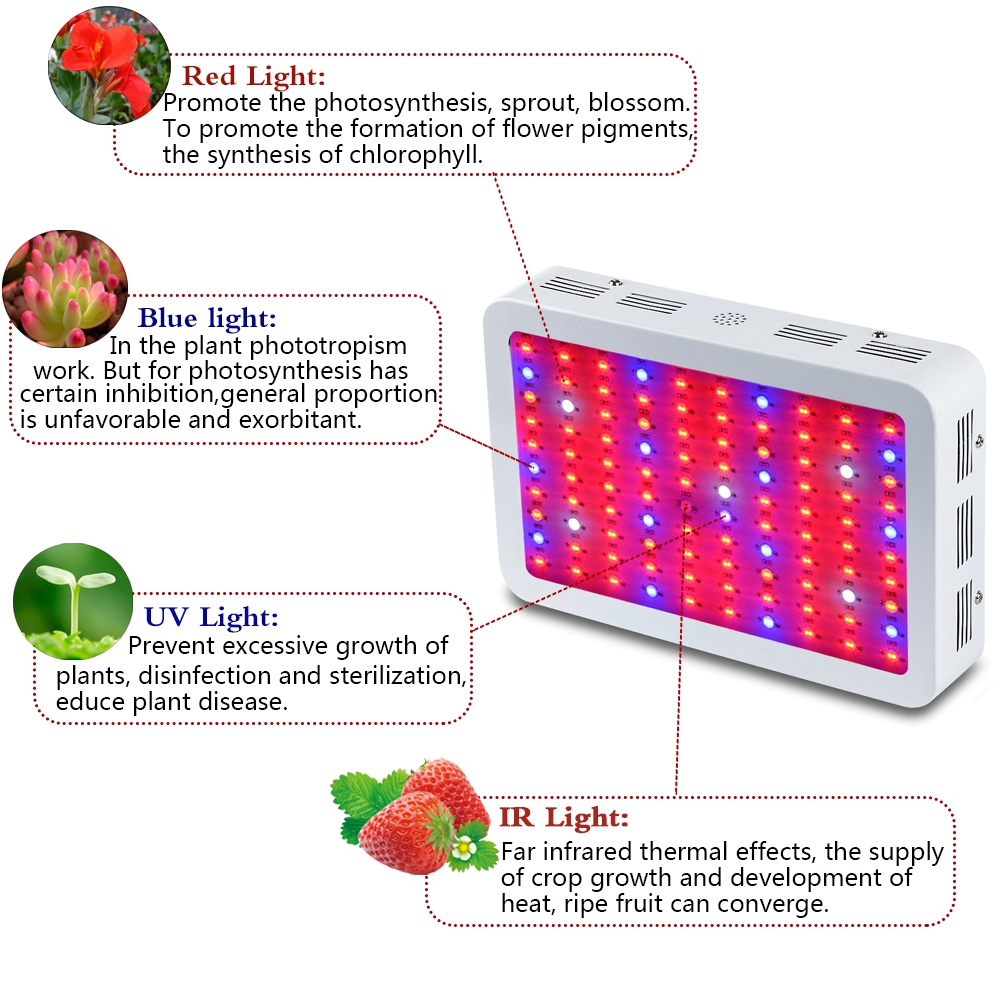
The Bud Stage is more temperamental. Spending too much time in this stage will result in poor flowering, making it a more “hands on” time for the grow.
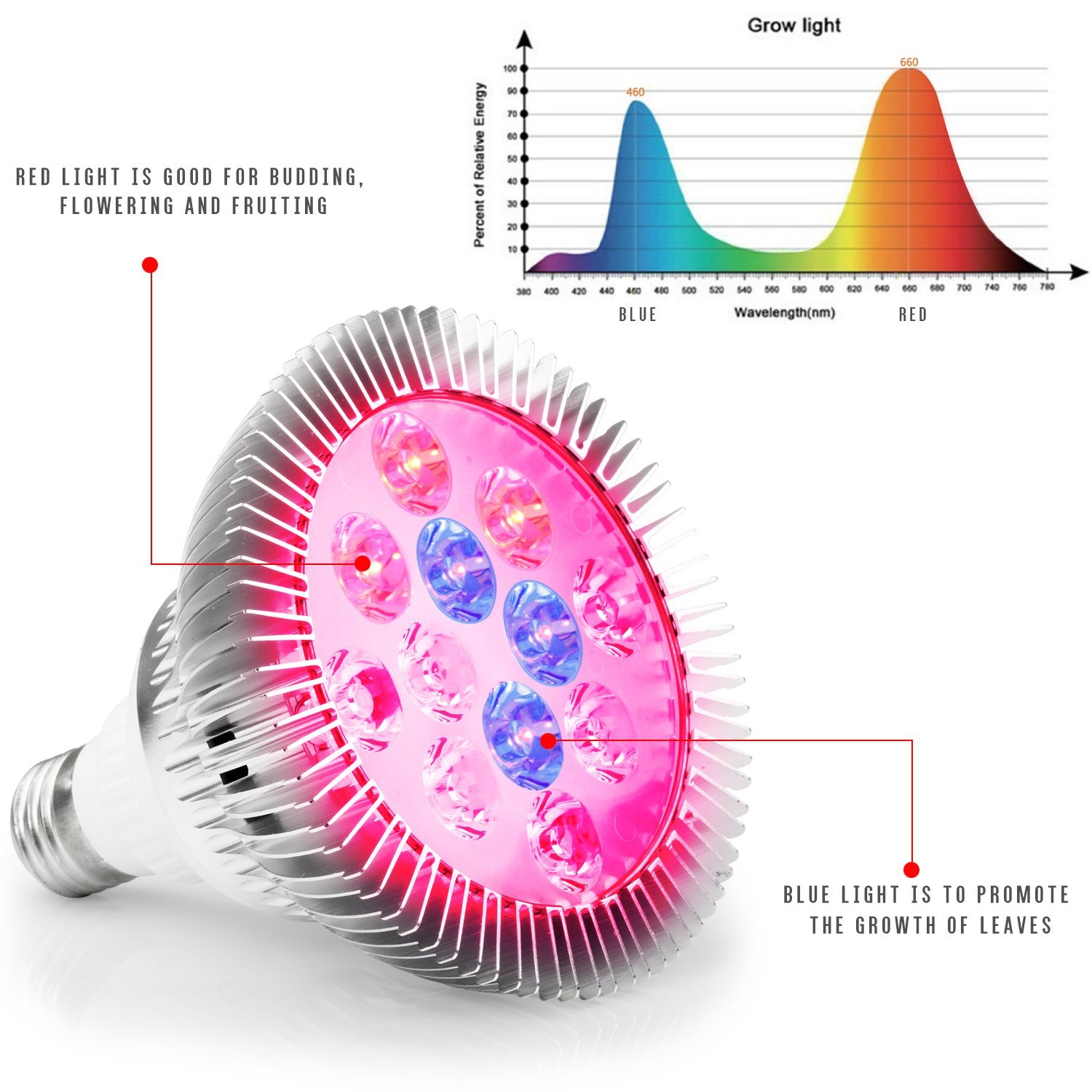
Related Posts
Copyright © 2023 Zhejiang Seming Electronic Co., Ltd.


